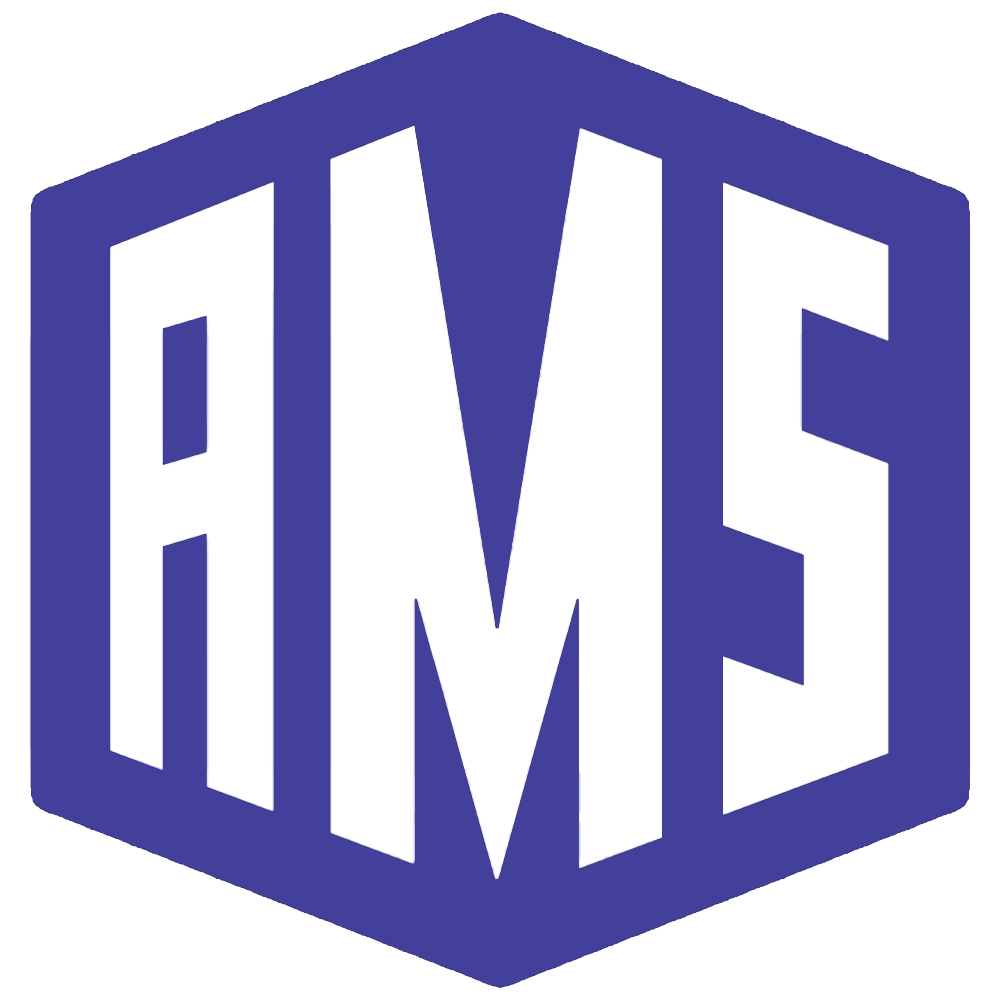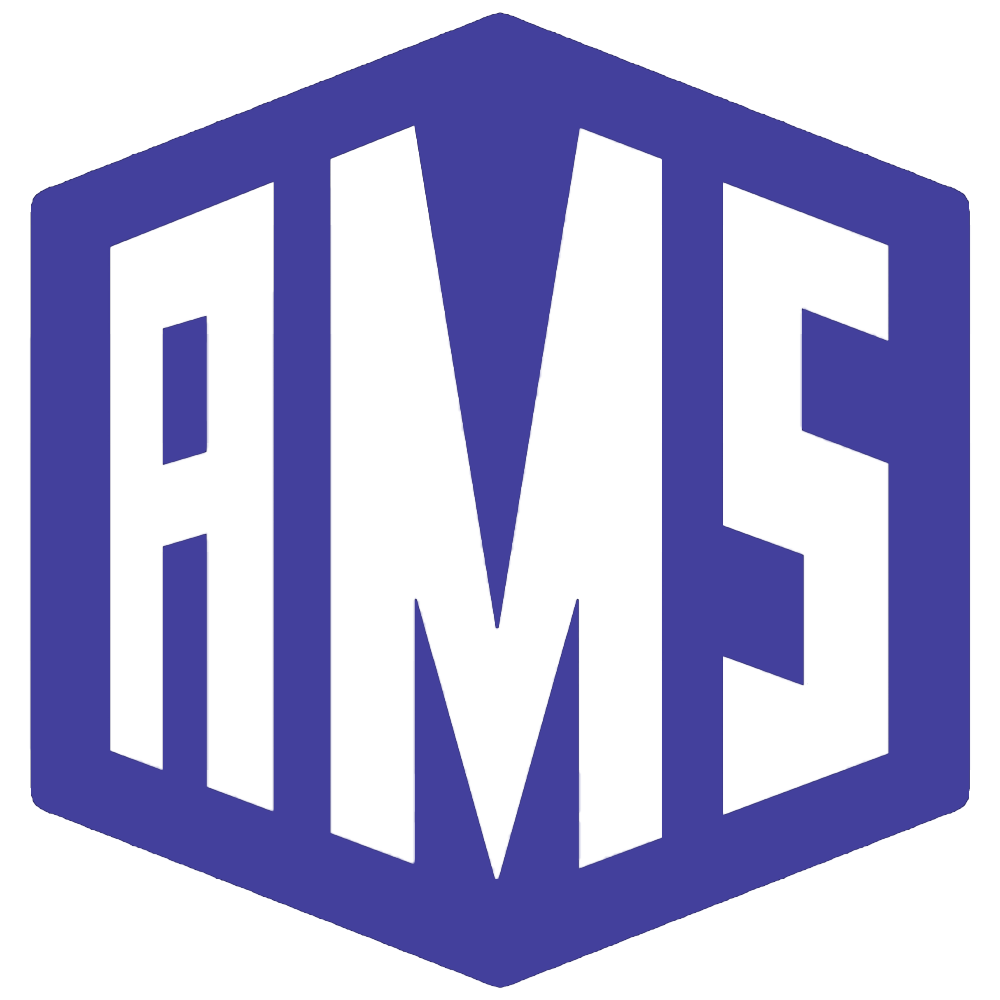In the rapidly evolving landscape of Industrial Internet of Things (IoT), the importance of comprehensive safety cannot be overstated. While software security often dominates discussions around IoT safety, truly reliable systems demand excellence across multiple domains: secure software architecture, robust hardware design, and adherence to stringent electrical safety standards.
Beyond Cyber Security: A Holistic Approach to Safety
Modern IoT relay control systems represent a convergence of digital and physical worlds, where software vulnerabilities can lead to real-world consequences. However, focusing solely on cybersecurity overlooks crucial physical safety considerations that are equally vital for system reliability and user protection.
Hardware Engineering Excellence
The foundation of any reliable IoT relay control system lies in its hardware components. Key considerations include:
Component Selection and Quality
- Industrial-grade microcontrollers with extended temperature ranges
- High-reliability capacitors and resistors rated for industrial environments
- Certified power supply components with multiple protection mechanisms
- Premium-quality relay contacts rated for the intended switching loads
PCB Design and Manufacturing
- Multi-layer PCB designs with dedicated ground planes
- Adequate isolation between high and low voltage sections
- Thermal management considerations including copper pour areas
- Conformal coating for environmental protection
Fire Safety and Materials Engineering
The selection of appropriate materials plays a crucial role in preventing catastrophic failures:
Fire-Retardant Plastics
Modern enclosures utilize advanced thermoplastics that meet UL 94 V-0 standards, featuring:
- Self-extinguishing properties
- Low smoke emission characteristics
- Zero halogen compositions for reduced toxicity
- UV stabilization for outdoor applications
Thermal Management
- Strategic component placement for optimal heat dissipation
- Ventilation design that maintains NEMA/IP ratings while allowing adequate airflow
- Temperature monitoring and automatic shutdown capabilities
Regulatory Compliance and Certification
Meeting international safety standards is non-negotiable in today's market:
Electrical Safety Standards
- IEC 61010-1 for measurement and control equipment
- UL 508A for industrial control panels
- IEC 60730-1 for automatic electrical controls
- Regional certifications (CE, UL, CSA) as required
EMC Compliance
- EN 61326-1 for electromagnetic compatibility
- RF emissions and immunity testing
- Surge protection requirements
- ESD protection measures
Integration of Safety Systems
Modern IoT relay control systems implement multiple layers of protection:
Hardware Safety Features
- Optoisolation between control and power circuits
- Watchdog timers for system monitoring
- Overcurrent and overvoltage protection
- Emergency stop circuits with redundancy
Software Safety Features
- Real-time monitoring of system parameters
- Fault detection and logging capabilities
- Secure boot and firmware verification
- Automated safety checks and diagnostics
Conclusion
The future of IoT relay control systems lies not just in their technological capabilities but in their ability to maintain safety and reliability under all conditions. By taking a comprehensive approach that encompasses software security, hardware quality, and material safety, manufacturers can build systems that not only meet current standards but exceed them, ensuring long-term reliability and user safety.
Through careful attention to component selection, material engineering, and regulatory compliance, modern IoT relay control systems can achieve the perfect balance of functionality and safety, paving the way for wider adoption in critical applications.
*Requirments and Specific Regulatory Conditions might differ in actual product but the even if non regulatory still safety requirements will pass by AMS standard of Testing.




